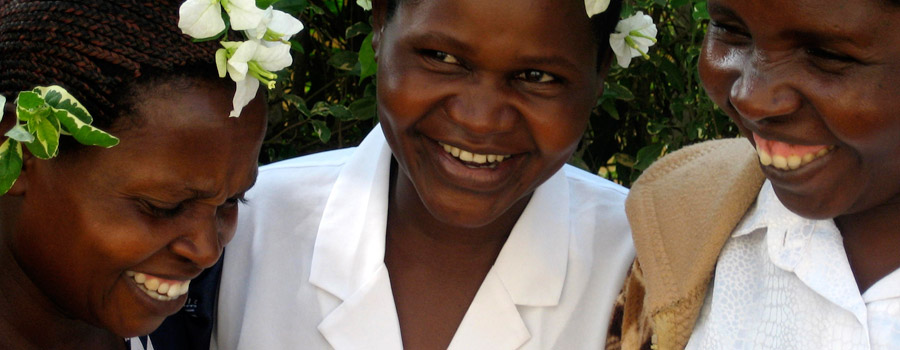Other Resources
This section contains documents and publications from EngenderHealth’s fistula work prior to Fistula Care, tools developed by Fistula Care country programs, and external resources that provide additional context for fistula prevention, treatment, and reintegration.
EngenderHealth began its work on fistula in 2001, conducting research in collaboration with the Women’s Dignity Project in Tanzania. In 2003, with support from the United Nations Population Fund (UNFPA), EngenderHealth conducted the first-ever international assessments of the availability of, and need for, fistula services in nine countries. EngenderHealth subsequently became the managing partner of a five-year project supported by the Bill & Melinda Gates Foundation to raise awareness of fistula and increase access to services, in collaboration with the Women’s Dignity Project and UNFPA.
In 2004, USAID began providing support for fistula services through the ACQUIRE and AWARE Projects, which were managed by EngenderHealth. The initial scope of work was focused on training surgeons in fistula surgery and on strengthening the capacity of sites.
Under Fistula Care, country programs produced country-specific tools to address fistula prevention and awareness and the quality of care at the community and facility level. Tools were produced in local languages and are available from the Bangladesh, Guinea, Ethiopia, Niger, Sierra Leone, and Uganda Fistula Care programs. These tools were developed for specific country contexts and different audiences but are easily adaptable to different settings.
Publications by the Demographic and Health Survey and the World Health Organization report on the incidence and prevalence of obstetric fistula and on guiding principles for fistula programming. Monitoring and evaluation helps demonstrate programmatic impact and ensure that quality of care guidelines remain standard for all implementing partners.
![[ Skip Navigation ]](../../data/images/c.gif)



